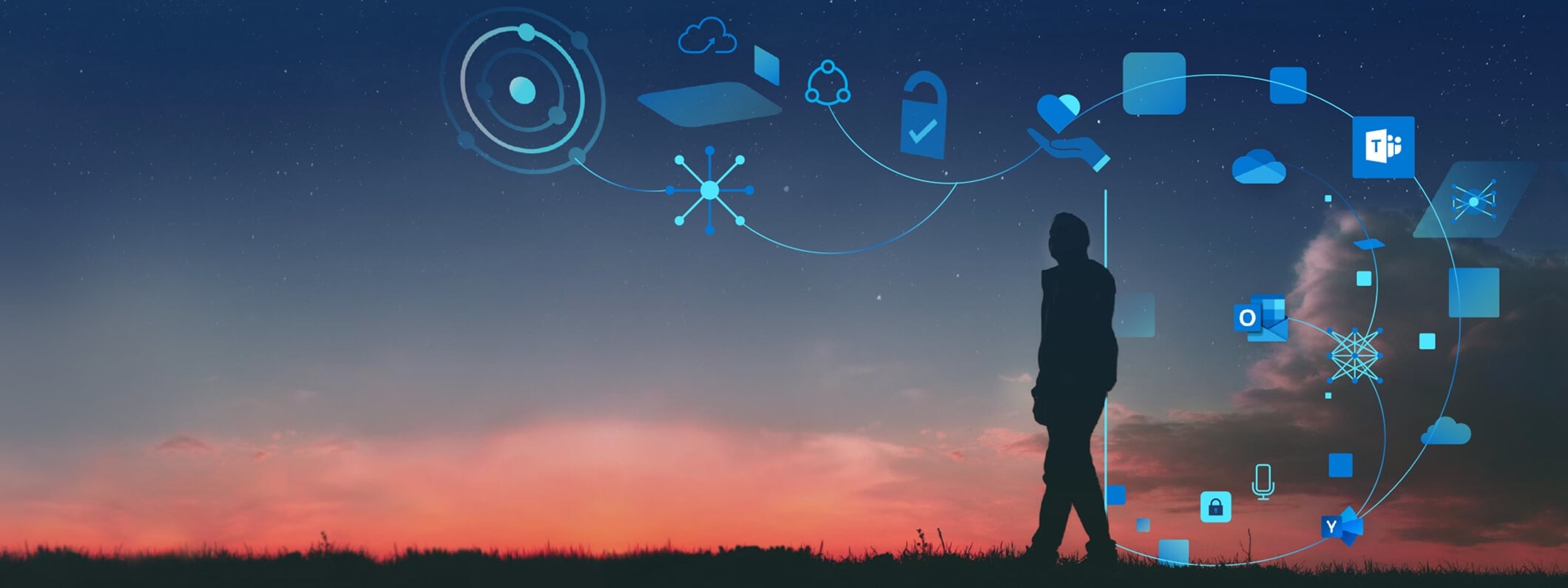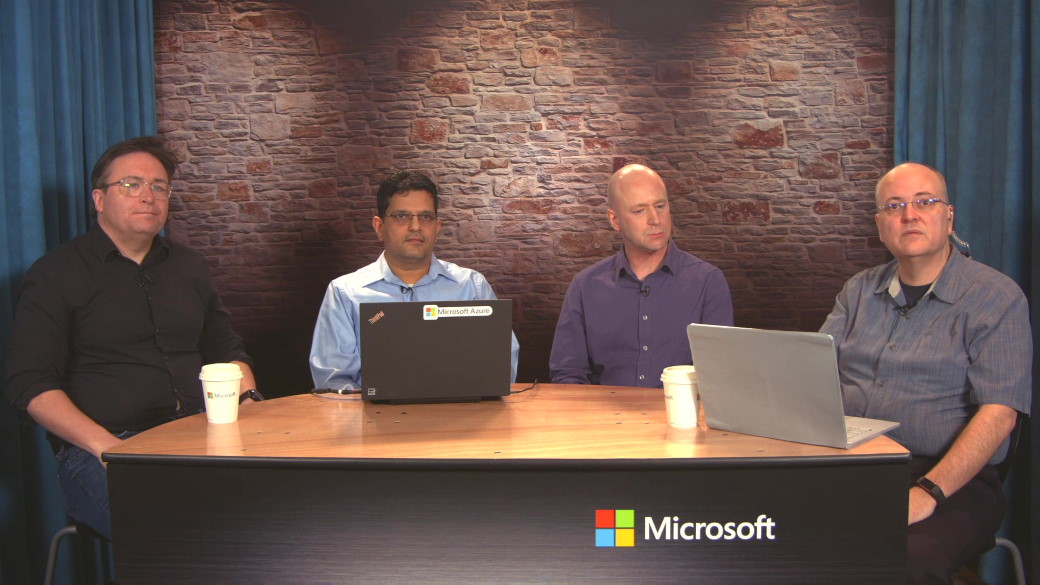
Enabling remote
work at
Microsoft
Over the last few years, Microsoft Digital has transformed Microsoft’s technical infrastructure and workplace culture, enabling employees to be their most creative and productive from anywhere in the world. Today, Microsoft is a secure, cloud-first enterprise. By providing direct access to our line-of-business apps through the cloud via Microsoft Azure, Microsoft 365, and Dynamics 365, we’ve maintained productivity levels while transitioning to work-from-home environments to meet stay-at-home guidelines.
We owe that success to a company-wide dedication to living life in the cloud, the tenants of the Zero Trust security model, and to the capabilities of Microsoft 365. Zero Trust helps us stay secure through strong user identity, device health verification, and least-privilege access. Microsoft 365 keeps us productive, together.
Zero Trust networking
Microsoft’s adoption of Zero Trust—never trust, always verify—strengthens network security by directly managing employee devices that access corporate resources and services. Under the Zero Trust model, devices may only access network resources after device health has been verified, which significantly reduces the risk of malware and intrusion.
In addition to Zero Trust, Microsoft Digital has migrated 97% of internal applications and services to the cloud. This combined with a redesigned VPN configuration that enables split tunneling has freed up valuable VPN bandwidth for mass remote work.
Featured Content
Teamwork and meetings
Microsoft Teams is our central hub for chat, calls, meetings, and apps. Microsoft 365 integration provides access to the people, content, and tools our teams need to work effectively in the cloud. Microsoft Teams has helped Microsoft maintain productivity levels while working from home, even as the number of meetings and overall usage has increased significantly. Hosting all of our collaboration platforms in the cloud with Microsoft 365 dramatically reduces our need for VPN connectivity and our need to manage capacity for these services.
Microsoft employees around the world have been collaborating in Microsoft Teams for some time now. Learn how we managed the phased migration from Skype for Business to Microsoft Teams-only mode over a year ago, and how that migration has made the transition to working from home an easy one.
Featured Content
Employee engagement and community
No matter where they are in the world, Microsoft employees are engaged and connected to each other and our leaders, thanks in large part to live events in Microsoft 365 and Microsoft Viva. Our senior leaders have been using the live events capabilities for our company-wide Employee Town Hall and Q&A, and organizations across the company use it for their all-hands meetings. Live events in Microsoft 365 keeps employees connected and informed, so when employees transitioned to working from home, it was easy to move our internal events from a hybrid setup to an exclusively online experience.
Together with Viva’s unique community-building features, live events capabilities help Microsoft leaders and employees communicate effectively and share business updates, training opportunities, important announcements, and questions. Learn how Microsoft moved large meetings to live events in Microsoft 365, how we use it internally for employee engagement, and the steps Microsoft Digital took to migrate to live events in Microsoft 365 from Skype Meeting Broadcast.
Featured Content
Intelligent intranet and information hub
SharePoint has been the backbone of Microsoft’s intranet since 2002. A lot has changed since then, and the SharePoint team has kept pace. All major intranet portals and 100 percent of Microsoft Team sites have moved to SharePoint in Microsoft 365. More than 90 percent of our 400,000 SharePoint sites now use modern site templates to deliver a dynamic, inclusive, and personal experience in the cloud, out of the box. This cloud-first experience has contributed to a seamless transition to working from home. It also means Microsoft Digital doesn’t have to worry about capacity, so we have more time to devote to employee experiences.
SharePoint makes it simple to create and update intranet portals, so information is accessible and easy to find. Our main employee portal, MSW, was redesigned in a matter of hours to reflect critical COVID-19 information. Today more than ever, that flexibility matters. Learn how Microsoft Digital managed the massive migration to SharePoint, what it took to create an intelligent intranet for 220,000 users, and the lessons we learned along the way.
Featured Content
Cloud-first file management
In a cloud-first world, effective collaboration requires more than simply uploading files to the cloud. It requires workflows designed from the ground up to foster alignment, share ideas, and make faster decisions. Making files and services available in the cloud enables our employees to access and work on files from anywhere. Disconnecting information from devices where it may be vulnerable helps keep our business compliant and our data protected.
Learn how Microsoft Digital fused the benefits of local file saving with the convenience of the cloud with Known Folder Move in OneDrive for Business, plus how multi-geo capabilities help keep data compliant with regional data residency requirements. You’ll also discover tips and best practices from Microsoft Digital on managing files in the cloud and nurturing collaboration with Microsoft Teams, SharePoint, and Yammer.
Featured Content
Follow Microsoft























